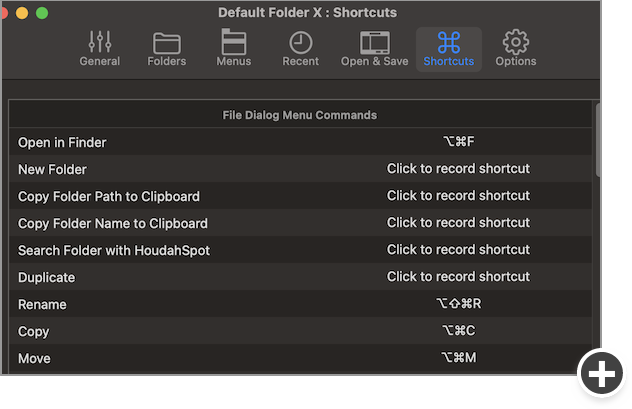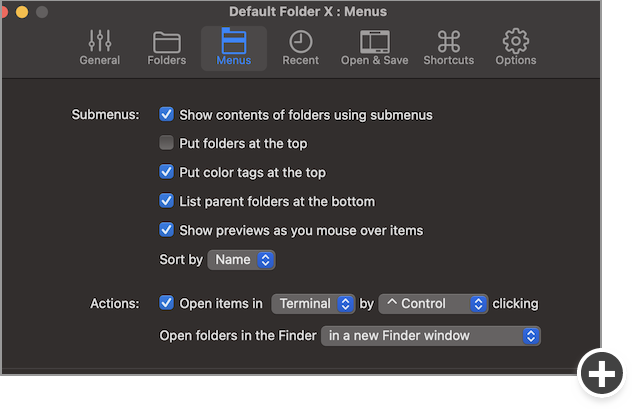

- #Where do i register default folder x install
- #Where do i register default folder x registration
- #Where do i register default folder x code
- #Where do i register default folder x download
This file was used in Deer Park alphas and was later renamed to extensions.cache īrowsing history. Can be deleted to resolve various extension issues. Stores XPIProvider data previously stored in extensions.sqlite. Can be deleted to resolve various issues.
#Where do i register default folder x code
The file is automatically generated by nsExtensionManager and is used by low-level code to detect chrome packages and XPCOM components provided by installed addons. Lists folders of installed extensions and themes. This file is automatically regenerated and can be deleted to resolve various issues.
#Where do i register default folder x install
It is used, for example, to register extensions installed by dropping a folder into one of known install locations. Lists installed extensions, their IDs, and the folders they are installed to, along with their last-modify time. Can be deleted to resolve slow downloads or hangs.
#Where do i register default folder x download
Note: long-term download history is stored in the Places database (see places.sqlite). Per-session download history (paused downloads). Lists extension folders with default pref files. If found, remove the 'read-only' attribute or delete the file, as it results in multiple numbered cookies-n.txt files.
#Where do i register default folder x registration
Automatically regenerated whenever XPCOM registration process is triggered. Lists extension folders with XPCOM components. This file is automatically generated and can safely be deleted. When the profile is loaded with an application of a different version/path, the XPCOM components registration process is triggered. Stores version and path of the application this profile was last used with. Store certificate exceptions specified by the user. īookmarks- (date).html in bookmarkbackupsīookmarks- (date).json in bookmarkbackupsĭaily rotating backups of your bookmarks. īackup of bookmarks in 3.0 Beta 4 and below and in 3.0 nightly builds prior to 03-14-2008. If found, remove the 'read-only' attribute, as it results in creation of multiple numbered bookmarks-n.html files. Īutomatically downloaded list of blocked add-ons.

AddonRepository data migrated to addons.json in Firefox 25. Stores AMO data for installed add-ons such as screenshots, ratings, homepage, and other details. Stores AddonRepository data previously stored in addons.sqlite. Temporary empty file that signals a change in the installed extensions. Regularly-updated succinct compilations of the most important information on web pages.Ĭontains search engine plugins and their icons for the Search Bar Note: The chrome folder is no longer created by default (as of Firefox 4?). Use about:cache to find the location.Ĭontains userChrome-example.css, userContent-example.css, and the optional userChrome.css, userChrome.js, and userContent.css user customization files. Note: Only profiles in custom locations on Windows include the OfflineCache folder. Note: In 1.5 and above on Windows, only profiles in custom locations include the Cache folder. %APPDATA% is a variable represents the C:\Documents and Settings\Application Data folder on Windows 2000/XP and the C:\Users\\AppData\Roaming folder on Windows Vista and above.ĭaily rotating backups of your bookmarks.Ĭontains cached Internet files. You can also use this path to find the profile folder, even when it is hidden: The AppData folder is a hidden folder to show hidden folders, open a Windows Explorer window and choose "Organize → Folder and Search Options → Folder Options → View (tab) → Show hidden files and folders".


 0 kommentar(er)
0 kommentar(er)
